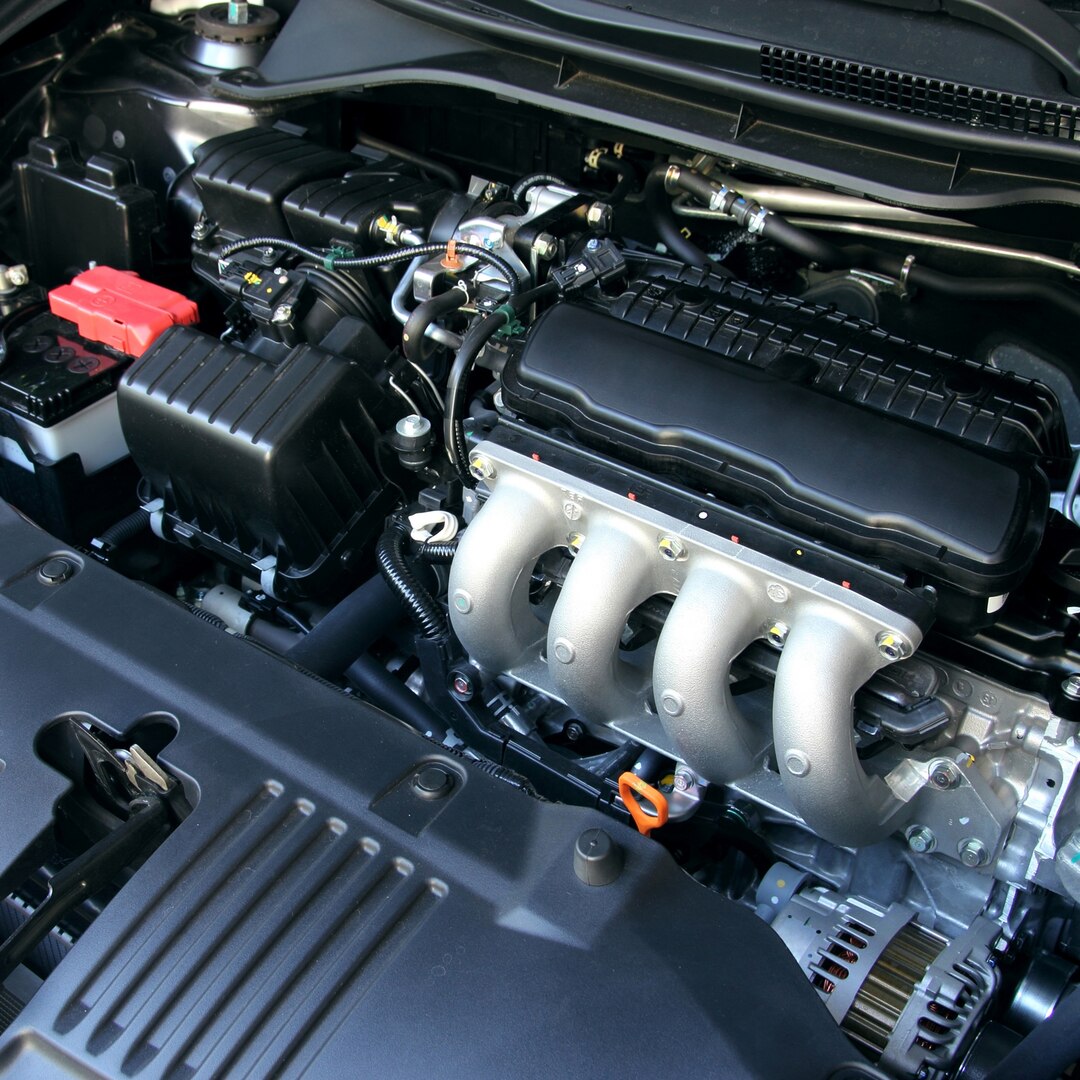The serpentine belt, also known as a drive belt, plays a crucial role in the operation of your vehicle’s engine. Responsible for transferring power from the engine to various components such as the alternator, power steering pump, and air conditioning compressor, the serpentine belt is essential for maintaining the functionality of these systems. Over time, the serpentine belt can wear out and deteriorate, leading to potential issues that may affect the performance and safety of your vehicle. In this article, we’ll explore 10 signs that indicate your car serpentine belt may need replacement, helping you avoid unexpected breakdowns and costly repairs.
- Squealing Noise:
A squealing or squeaking noise coming from the engine area, particularly during engine startup or acceleration, is often a sign of a worn or slipping serpentine belt. The noise is caused by the belt slipping on the pulleys due to reduced tension or deteriorated rubber. - Cracks or Fraying:
Inspect the surface of the serpentine belt for signs of cracks, fraying, or splitting. Over time, the rubber material of the belt can deteriorate due to exposure to heat, friction, and contaminants, leading to visible damage. Any noticeable damage to the belt indicates that it needs to be replaced. - Glazing or Shine:
If the surface of the serpentine belt appears shiny or glazed, it may indicate excessive wear and slipping on the pulleys. Glazing occurs when the belt’s rubber material becomes hardened and polished due to prolonged friction, reducing its effectiveness in transferring power. - Belt Slippage:
Belt slippage occurs when the serpentine belt loses tension or grip on the pulleys, resulting in inadequate power transfer to the accessory components. Signs of belt slippage include intermittent loss of power steering, dimming lights, or fluctuating engine temperature. - Visible Belt Damage:
Inspect the pulleys and accessory components driven by the serpentine belt for any signs of damage or misalignment. Damaged pulleys or components can cause excessive wear and stress on the serpentine belt, leading to premature failure. - Engine Overheating:
A malfunctioning serpentine belt can affect the operation of the water pump, which circulates coolant through the engine to regulate temperature. If the engine temperature gauge indicates overheating or if you notice steam coming from the engine bay, it may be due to a failing serpentine belt. - Power Steering Issues:
A worn or slipping serpentine belt can cause intermittent loss of power steering assistance, making it difficult to steer the vehicle, especially at low speeds or when turning. If you experience stiff or heavy steering, it may indicate a problem with the serpentine belt or associated components. - Battery Warning Light:
A failing serpentine belt can affect the operation of the alternator, which charges the vehicle’s battery and provides electrical power to the vehicle’s systems. If the battery warning light illuminates on the dashboard or if you experience electrical issues such as dimming lights or slow cranking, it may be due to a malfunctioning serpentine belt. - Visible Belt Tension Loss:
Check the tension of the serpentine belt by pressing down on it with your finger. A properly tensioned belt should have minimal give and feel tight against the pulleys. If the belt feels loose or slack, it may indicate that the tensioner or belt itself needs adjustment or replacement. - Mileage and Maintenance Schedule:
As a preventative measure, it’s recommended to replace the serpentine belt according to the manufacturer’s recommended maintenance schedule or at specific mileage intervals. Most manufacturers recommend replacing the serpentine belt every 60,000 to 100,000 miles, depending on driving conditions and vehicle usage.
The serpentine belt is a critical component of your vehicle’s engine, responsible for powering essential systems such as the alternator, power steering, and air conditioning. By recognizing the signs of a failing serpentine belt, including squealing noise, cracks or fraying, glazing or shine, belt slippage, visible belt damage, engine overheating, power steering issues, battery warning light, visible belt tension loss, and adherence to mileage and maintenance schedule, you can take proactive measures to address issues promptly and prevent further damage. If you notice any of these signs, it’s essential to have your serpentine belt inspected by a qualified mechanic and replaced if necessary to ensure the continued reliability and safety of your vehicle.











